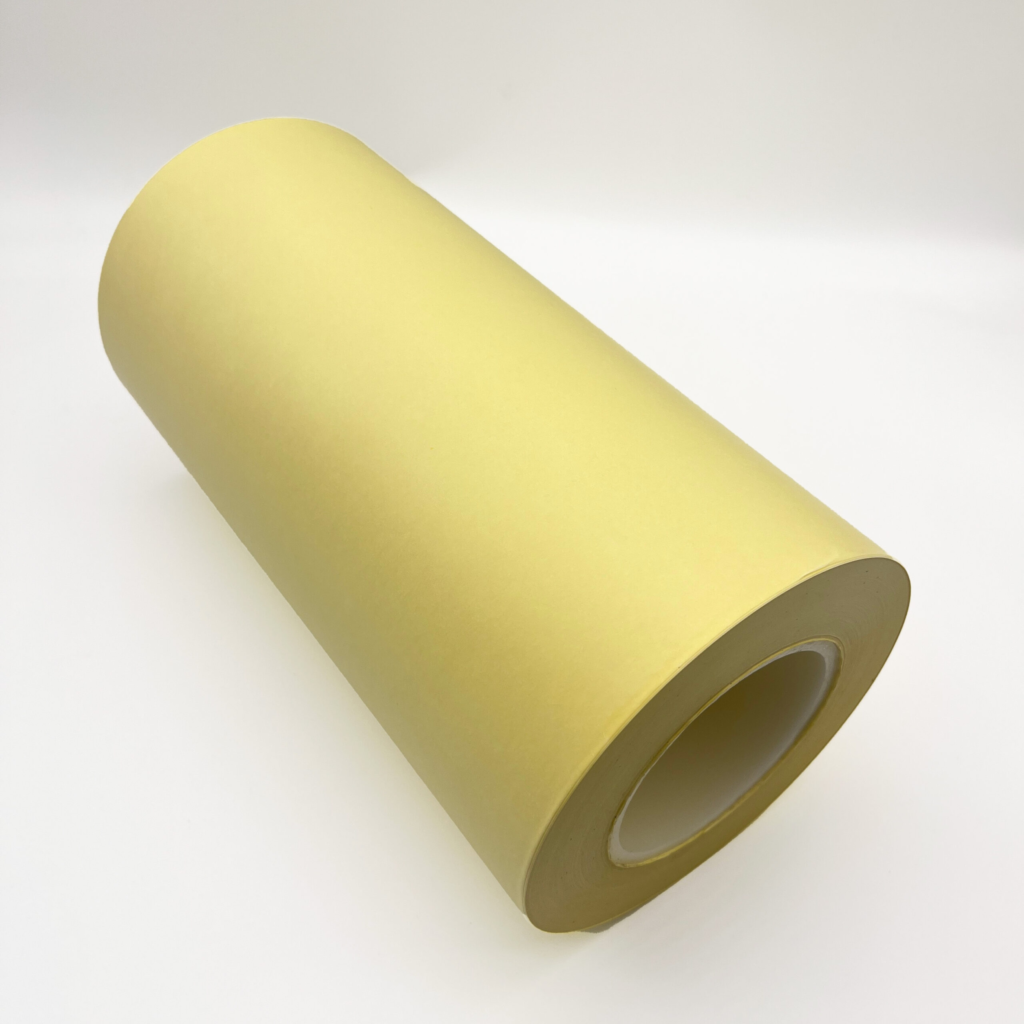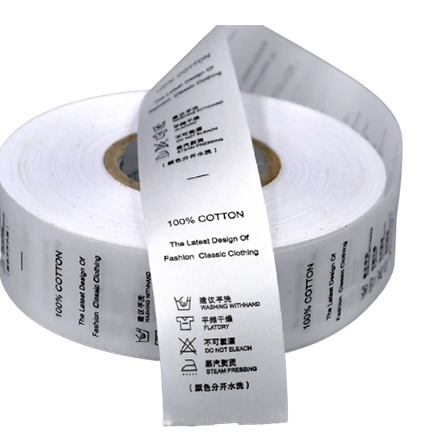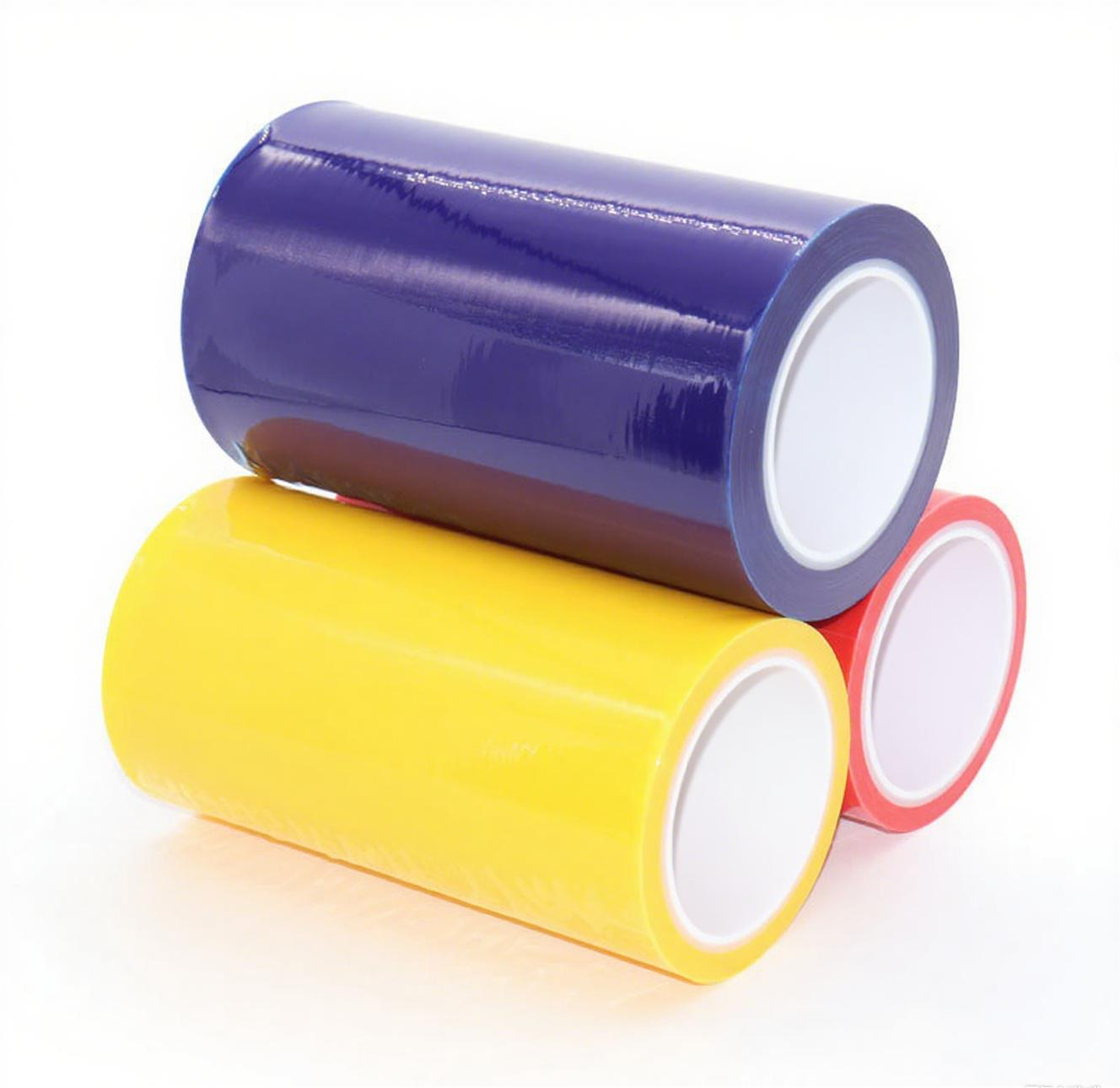News
Learn the latest news and information about our company and industry here, and also follow our social media news.-

27
2025.11
3C Precision Die-Cut Parts for Electronics | Custom Adhesive & Foam Solutions
If you are responsible for smartphone, tablet or wearable device assembly, you probably spend more time than you’d like dealing with “small problems” that cause big headaches: Bubbles and glue overflow around the display Foam gaskets that shift during assembly Battery adhesive that is too strong or too weak Die-cut parts that don’t match your drawing tolerance in mass production From our side as a 3C precision die-cut parts manufacturer, we see these issues every day. The good news is: with the right material stac...
view details
-

27
2025.11
Glassine Silicone Release Paper for Labels, Medical & Tapes
Our glassine silicone release paper is based on super-calendered glassine coated with silicone on one or both sides. It is designed for clean peel-off, even after storage and processing. Key points for your production Solvent-free silicone coating – cleaner process and more stable release. High smoothness and density – good for uniform coating and die-cutting. High temperature, moisture and oil resistance – suitable for hot-melt adhesives, medical patches and hygiene products. Custom weight and width – you don’...
view details
-

18
2025.11
Multi-Layer Printed Instruction Labels – Waterproof Extended-Content Stickers for Cosmetics, Pharmaceuticals and Electronics
Modern packaging has to do more than look good. Brand owners in cosmetics, pharmaceuticals and electronics must fit long instructions, multi-language texts, legal warnings and marketing messages onto very limited label space. At the same time, the label has to survive moisture, oils, frequent handling and logistics without fading or peeling. Multi-layer printed instruction labels (also called booklet labels, peel-back labels or extended-content labels) are designed exactly for this challenge: they give you two to three times mo...
view details
-

18
2025.11
PE Self-Adhesive Protective Film – Professional Surface Protection for Metals, Boards and Plastics
Scratches, fingerprints and dust on finished panels are more than cosmetic problems – they lead to rework, complaints and rejected shipments. For stainless steel, aluminum, PVC boards, furniture panels or glass, a stable PE self-adhesive protective film is one of the most cost-effective ways to keep surfaces clean from the production line to final installation. What Is PE Self-Adhesive Protective Film? PE self-adhesive protective film is a polyethylene (PE) film coated with a pressure-sensitive adhesive. It forms a ...
view details
-

10
2025.11
RFID Clothing Tags: A One-Stop Guide from Selection to Implementation (Manufacturer/Supplier/Customization)
Mainstream Tag Types & Applicable Scenarios The following tag categories can be mixed and matched based on brand image, activation strength, and read range: RFID Hang Tags RFID chips embedded in paper or synthetic hang tags; support full-color printing, barcodes/QR codes, and pricing info—balancing brand visuals with inventory efficiency. Ideal for standard ready-to-wear retail. Washable RFID Laundry Tags Engineered with laundry-grade encapsulation to withstand washing, ironing, and dry-cleaning. Perfect for uniforms...
view details
-

03
2025.11
High-Performance Release Paper/Film Manufacturer — Direct Supply from Charmetack Export Factory
In the fast-paced world of industrial manufacturing, where precision, reliability, and efficiency are non-negotiable, your choice of release materials can make or break production lines. Enter Charmetack New Materials Technology Co., Ltd.—your trusted partner for high-performance release paper and film, delivered straight from our state-of-the-art export factory. Founded in 2018 and backed by over a decade of expertise, we're not just a supplier; we're a strategic ally committed to elevating your operations with innovative, custom...
view details

